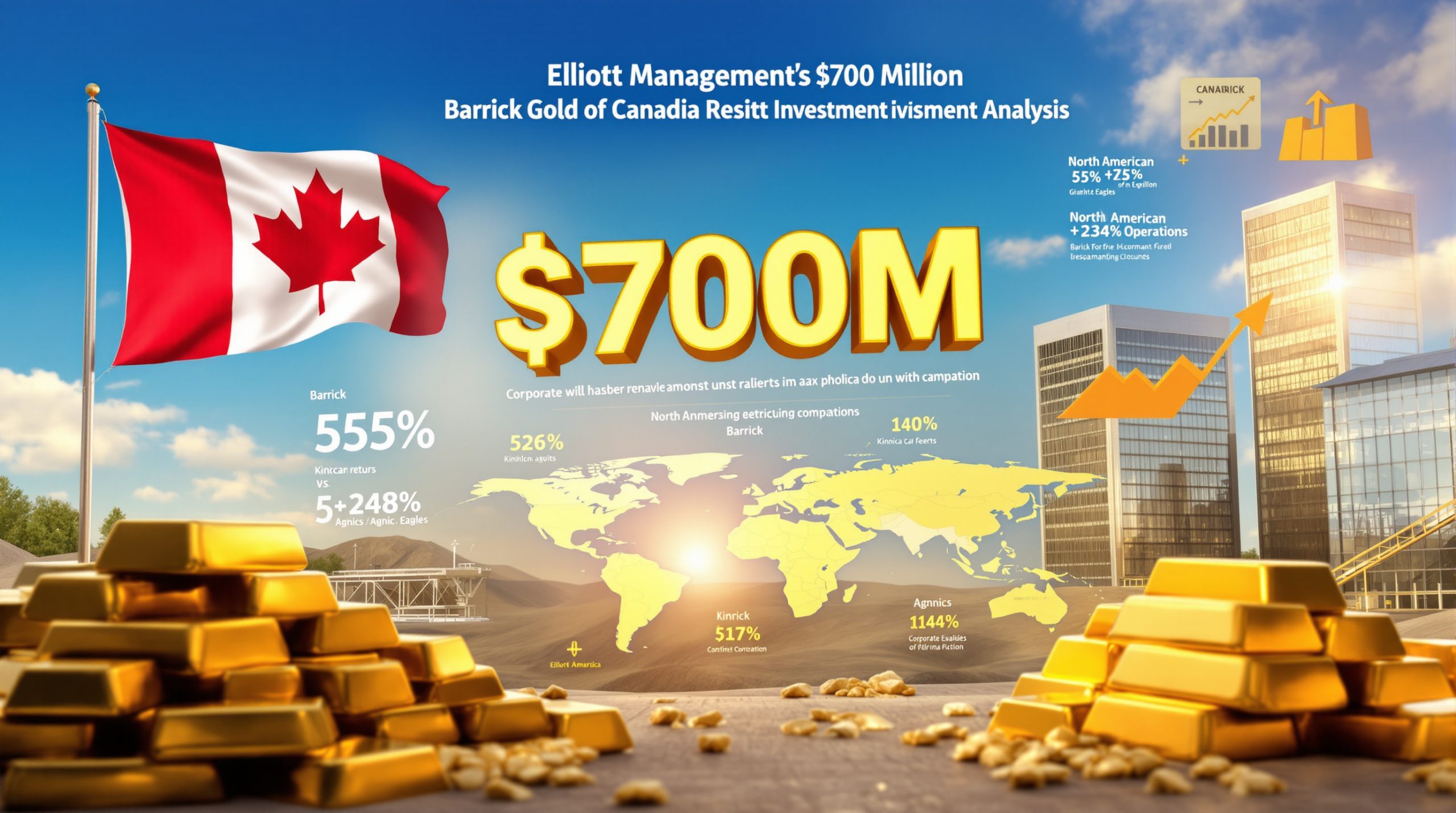Understanding Gold's Record Rally
The Current Gold Market Landscape
Gold has surged to a historic peak, hitting a record high above $3,364 an ounce in April 2025. This remarkable rally comes amid growing tensions surrounding the US-led trade war and significant weakness in the dollar, creating a perfect storm for precious metals investors seeking refuge from mounting economic uncertainties.
The unprecedented price level represents more than just a milestone—it signals profound market concerns about global economic stability. With the US dollar index declining by 5.2% year-to-date, gold's appeal has been substantially amplified as a store of value during turbulent times.
As Yihui Xie of Bloomberg notes, "Gold's rally reflects deepening anxiety over the U.S.-led trade war and its ripple effects on global growth. Investors are preemptively shifting to havens amid expectations of weaker economic data."
The technical picture for gold further strengthens the bullish case, with prices decisively breaking above the $3,300 resistance level. Momentum indicators like the Relative Strength Index (RSI) have exceeded 70, suggesting strong buying pressure despite already elevated prices.
Central banks worldwide have contributed significantly to demand, adding 1,136 metric tons to reserves in 2024—the highest annual purchase since 1967. This institutional buying provides a solid foundation for gold market analysis and continued strength even as retail investors pile in.
How Trade War Tensions Are Fueling Gold's Rise
The escalating trade conflict has become the primary catalyst for gold's meteoric rise. With the US imposing $450 billion in new tariffs on Chinese goods in Q1 2025 alone, global trade volumes have contracted by 3.1% month-over-month in March 2025, sending shockwaves through international markets.
President Trump's aggressive tariff policies have triggered retaliatory measures from major trading partners, creating a vicious cycle of protectionism. The resulting supply chain disruptions and manufacturing uncertainties have pushed investors toward gold as a hedge against economic volatility.
IMF Chief Economist Pierre-Olivier Gourinchas delivered a stark warning about the economic consequences: "Protectionist policies could shave 0.8% off global GDP growth in 2025." This grim outlook has prompted the International Monetary Fund to prepare a significant downward revision of its global growth projections, scheduled for release on April 22, 2025.
The upcoming Purchasing Managers' Indexes are expected to paint an equally concerning picture, with manufacturing PMIs projected to fall below 48—well into contraction territory—across major economies. These leading indicators typically precede broader economic downturns, further supporting gold's haven status.
Agricultural commodity prices have already surged 12% in Q1 2025 due to trade disruptions, providing a preview of the inflationary pressures that often accompany trade wars—another factor historically favorable for gold prices.
The Relationship Between Gold and Dollar Weakness
Gold's inverse correlation with the US dollar has strengthened dramatically, reaching -0.89 over the past six months. This powerful relationship means that as the greenback weakens, gold becomes increasingly attractive to global investors.
The US dollar has depreciated against a basket of major currencies by 7.3% since January 2025, making dollar-denominated gold less expensive for international buyers. Notably, gold priced in euros and yen has gained 9.1% and 11.4% respectively year-to-date, demonstrating the metal's broad-based strength beyond dollar dynamics.
James Steel, Chief Precious Metals Analyst at HSBC, explains the fundamental driver behind this relationship: "Dollar-denominated assets lose appeal when real yields stagnate, creating a perfect storm for gold." This observation is supported by real US Treasury yields turning negative (-0.4%), which effectively eliminates the opportunity cost of holding a non-yielding asset like gold.
Currency fluctuations have historically played a crucial role in gold market cycles. The current environment resembles the early 2000s when dollar weakness contributed to a multi-year gold bull market. However, today's situation includes the additional factor of accelerating de-dollarization efforts among BRICS nations, creating structural support for gold prices.
The technical picture further confirms this relationship, with gold's 50-day moving average crossing above the 200-day average in March 2025—a bullish "golden cross" signal that often presages extended uptrends in the precious metal.
Economic Indicators Influencing Gold Prices
The IMF's upcoming World Economic Outlook report has taken on outsized importance for gold markets, as it will include stress-test scenarios for supply chain fragmentation. Preliminary leaks suggest the report will reveal global debt-to-GDP ratios reaching an alarming 356% in Q4 2024—the highest level since World War II.
US inflation has remained persistently high, with CPI at 4.7% in March 2025, defying central bank efforts to bring price pressures under control. This sticky inflation combined with slowing growth creates a stagflationary environment historically favorable for gold.
European economic data has been particularly concerning, with Eurozone PMIs falling to 46.8 in March, the lowest reading since the 2020 pandemic crisis. This deterioration in manufacturing activity across developed economies suggests the trade war's impact is beginning to significantly damage global productivity.
Market volatility measures reflect growing unease, with gold's 30-day volatility index (GVZ) spiking to 22.5—exceeding levels seen during the 2020 crisis. Meanwhile, copper prices, often considered a bellwether for economic growth, have dropped 14% in Q1 2025, signaling pessimism about future industrial activity.
The US yield curve inversion has deepened, with the 10-year to 2-year Treasury spread reaching -0.8%, a classic recession warning signal that has further fueled interest in gold as portfolio insurance against economic downturns.
Investment Implications of Gold's Record Run
The portfolio diversification benefits of gold have never been more apparent, with the precious metal delivering exceptional performance amid weakness in traditional asset classes. Gold mining equities have outperformed the S&P 500 by an impressive 19% year-to-date, providing leveraged exposure to rising gold prices.
Central banks have recognized gold's strategic importance, increasing their allocations to 15.2% of reserves, up from 12.4% in 2020. This institutional validation has encouraged private investors to reconsider their own gold exposure during uncertain economic times.
According to Goldman Sachs' Commodities Strategy Team, "Portfolios with 10% gold allocations saw 22% lower volatility during 2020-2024 compared to traditional 60/40 portfolios." This risk-reduction benefit has become increasingly attractive as correlation patterns between stocks and bonds have broken down during recent market dynamics insights.
Gold's Sharpe ratio (a measure of risk-adjusted returns) has improved to 0.68 in 2025 versus just 0.31 for global bonds, highlighting the metal's efficiency at delivering returns relative to its volatility. Meanwhile, the gold/silver ratio has narrowed to 72:1, suggesting broadening precious metals demand beyond gold alone.
Investors considering gold exposure must weigh the merits of different investment vehicles. Physical bullion typically commands a 0.8-2% premium over spot prices but offers direct ownership without counterparty risk. Gold ETFs strategies like GLD charge an expense ratio of 0.40% while providing convenient liquidity. Mining stocks offer leverage to gold prices with betas of 1.8-2.2, amplifying both gains and losses.
Historical Context: Gold Performance During Trade Conflicts
Historical patterns provide compelling evidence for gold's role as a safe-haven during trade disputes. During the 1930 Smoot-Hawley tariffs—perhaps the most notorious trade war in modern history—gold rose 45% in real terms as global commerce collapsed.
The 1971 Nixon Shock, which ended the dollar's convertibility to gold and ushered in the era of floating exchange rates, triggered a 231% gold rally over four years. Today's monetary environment shares concerning parallels with that period, including large fiscal deficits and currency uncertainties.
Gold's performance during recent trade tensions has been equally impressive. During the 2018-2019 US-China trade war, gold prices surged to record highs as tariffs disrupted global supply chains and dampened economic confidence.
Renowned economist Nouriel Roubini observes that "Geopolitical tensions since 2018 have structurally repositioned gold as a core holding, not just a crisis hedge." This perspective highlights how persistent trade friction has fundamentally altered investor attitudes toward gold beyond short-term tactical allocations.
Analyzing gold's performance against newer alternatives like Bitcoin during the 2020-2025 trade disputes reveals gold's continued relevance despite competition from digital assets. While cryptocurrencies have gained prominence, they have exhibited higher correlation with risk assets during market stress periods, whereas gold has maintained its traditional haven characteristics.
Frequently Asked Questions About Gold Investment
What factors are driving gold to record highs in 2025?
Multiple factors have converged to push gold to unprecedented levels above $3,364 an ounce. Primary among these is trade policy uncertainty stemming from aggressive US tariff escalations, which has created widespread economic anxiety. The Fed's expanded balance sheet of $9.2 trillion has contributed to dollar devaluation, making gold more attractive as an alternative store of value.
Debt monetization concerns loom large, with the US deficit running at 6.8% of GDP despite being well into an economic expansion. This fiscal situation has raised questions about long-term currency stability, prompting investors to seek tangible assets like gold as protection against potential monetary debasement.
Safe-haven demand has surged amid expectations that the IMF will significantly downgrade global growth forecasts in its April 22 report. Early indicators suggest manufacturing activity is contracting across major economies, further supporting gold's traditional role as a refuge during economic uncertainty.
How does gold typically perform during trade wars?
Historical data shows gold delivers a median 12-month return of 14.3% during modern trade conflicts (1990-2024). The precious metal has outperformed equities in 78% of trade dispute periods since 1970, highlighting its defensive characteristics when global commerce faces disruption.
Trade wars typically create multiple tailwinds for gold: they generate inflation through supply chain inefficiencies, dampen economic growth prospects, increase fiscal spending on affected industries, and create currency volatility as nations implement competitive devaluations.
The 2018-2019 US-China trade war provides a recent example, with gold gaining 18% while manufacturing PMIs deteriorated globally. Current conditions appear even more favorable for gold, with broader tariff implementations and greater economic vulnerability following pandemic-era stimulus measures.
What are the best ways to invest in gold during market uncertainty?
Investors have several options for gold exposure, each with distinct advantages. Physical bullion offers direct ownership and elimination of counterparty risk, typically commanding a 0.8-2% premium over spot prices. Storage and insurance costs must be considered, averaging 0.5-1.2% annually depending on security requirements.
Gold ETFs provide convenient exchange-traded exposure with high liquidity. The largest fund, GLD, charges an expense ratio of 0.40%, while some newer competitors offer slightly lower fees. These products eliminate storage concerns but introduce counterparty and tracking risk considerations.
Mining stocks guide enthusiasts note that these equities offer leveraged exposure to gold prices with betas ranging from 1.8-2.2. This means a 10% increase in gold prices might translate to a 18-22% gain in mining equities. However, these companies also carry operational risks including production costs, reserve replacement challenges, and jurisdictional concerns.
For those seeking portfolio protection with limited capital commitment, options strategies on gold futures or ETFs can provide efficient hedging. Protective puts on equity portfolios coupled with call options on gold can create cost-effective insurance against market disruptions.
Want to Discover the Next Major Mining Opportunity?
Stay ahead of the market with Discovery Alert's proprietary Discovery IQ model, which instantly notifies investors of significant ASX mineral discoveries and transforms complex data into actionable insights. Visit our dedicated discoveries page to understand why historic mineral discoveries can generate substantial returns, and begin your 30-day free trial today.




